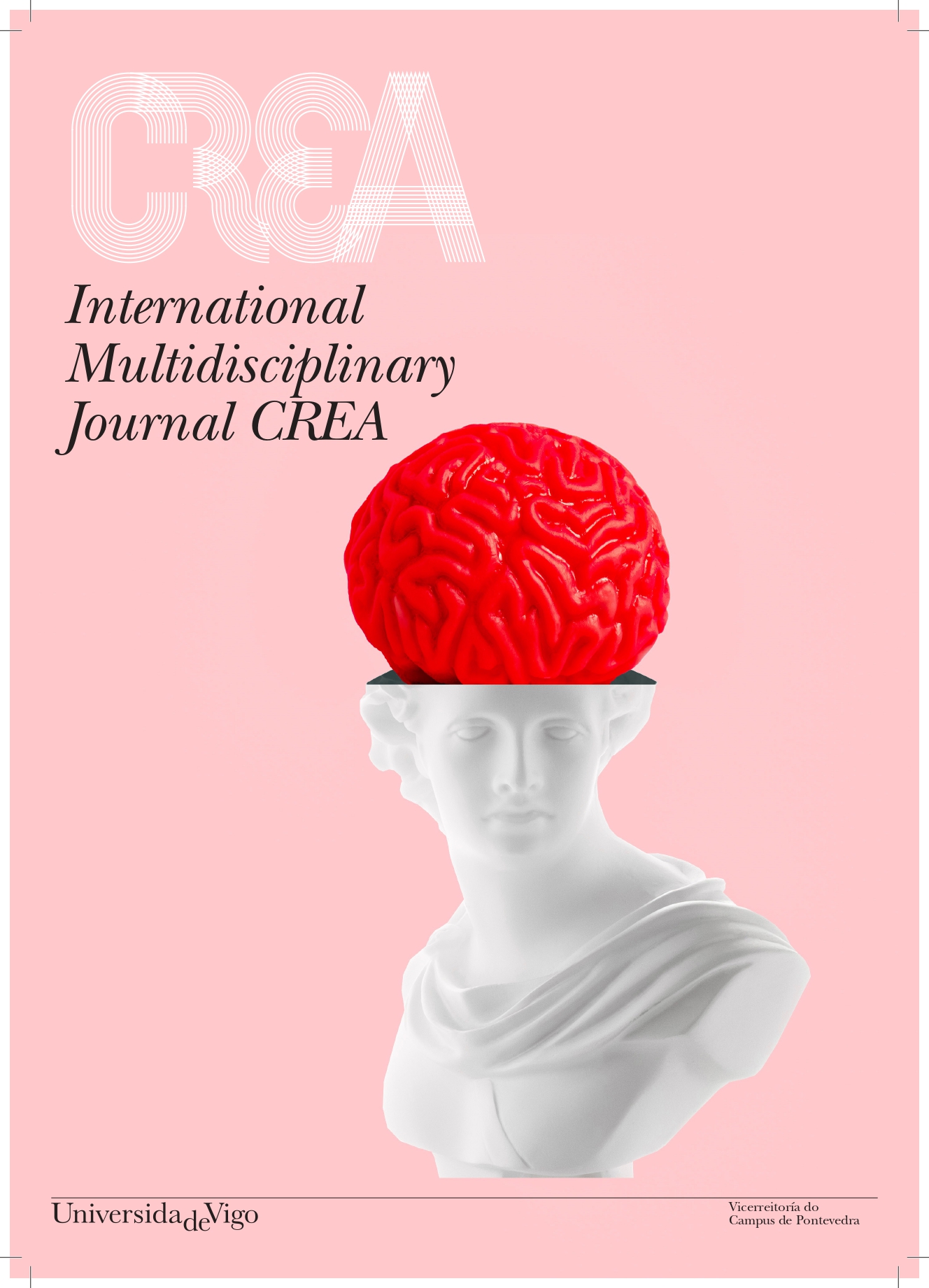Inclusive education in the Spanish and French educational systems: similarities and differences.
DOI:
https://doi.org/10.35869/ijmc.v3i1.4867Keywords:
educative inclusion, personalised education, comparative education, Spanish education system, French education systemAbstract
Ensuring that schools are as inclusive as possible is a major concern for education worldwide. This can lead to many debates, both at the international and governmental level. At the classroom level, the educational community, and especially teachers, are working daily to develop increasingly inclusive methodologies in order to guarantee a personalised and up-to-date education. In this article, we will offer one analysis of the main characteristics of the Spanish and French education systems, as well as their inclusion characteristics. To do so, we will delve into the similarities and differences between the educational models of both countries, paying special attention to the most important inclusive measures. Despite their main differences, both models seek to improve the coexistence and participation of all in education, and, therefore, in society.
Downloads
Downloads
Published
How to Cite
Issue
Section
License
Copyright (c) 2023 International Journal of Multidisciplinary CREA (IJMC)

This work is licensed under a Creative Commons Attribution-NonCommercial-NoDerivatives 4.0 International License.
Copyright
After the acceptance of an article, the authors will be asked to complete a Publication Agreement. Acceptance of the agreement will guarantee the widest possible dissemination of information. Under this agreement, the copyright will be transferred to the Company / Institution if the manuscript is accepted for publication. Permission from the Company / Institution is required for resale or distribution outside the institution and for all other derivative works, including compilations and translations. If extracts from other copyrighted works are included, the author (s) must obtain written permission from the owners of the copyright and credit rights of the source (s) in the article.
Rights of users
All the articles published in the magazine will be immediately and permanently accessible so that any user can read and download them. The (Re) use allowed for third parties of the published content will be defined by the following Creative Commons license: Creative Commons Attribution-Noncommercial-No Derivative Works (CC BY-NC-ND). For non-commercial purposes, allow others to distribute and copy the article. It also allows its inclusion in a collective work (such as an anthology), provided that the author (s) is cited and the article is not altered or modified.
Publication cost
The author of the accepted articles should not pay for its publication. The Society or the Institution that owns the journal finances the production costs of the manuscripts.








